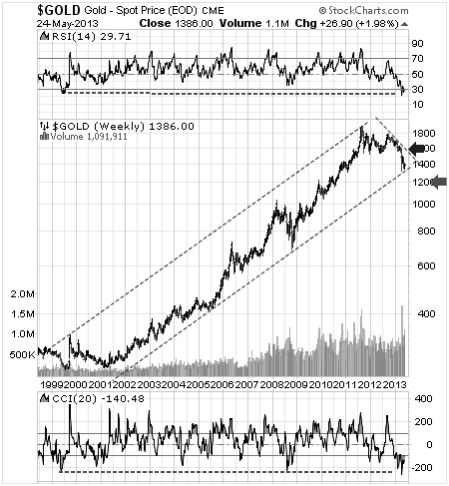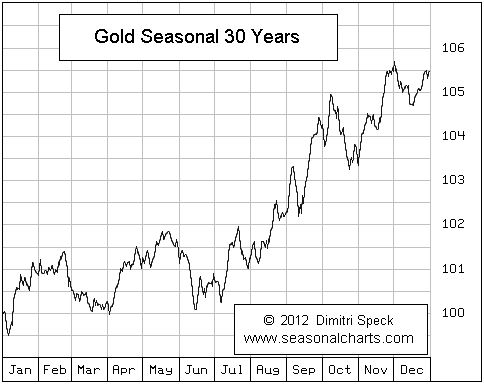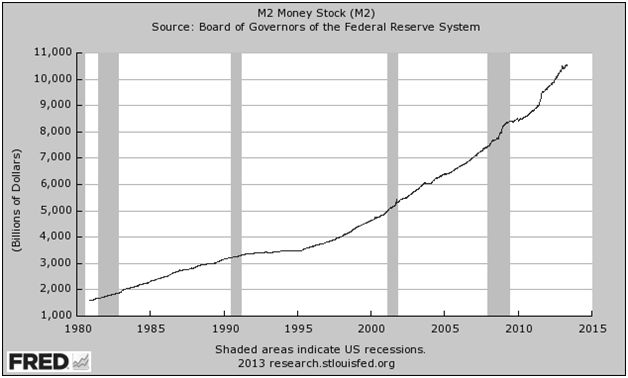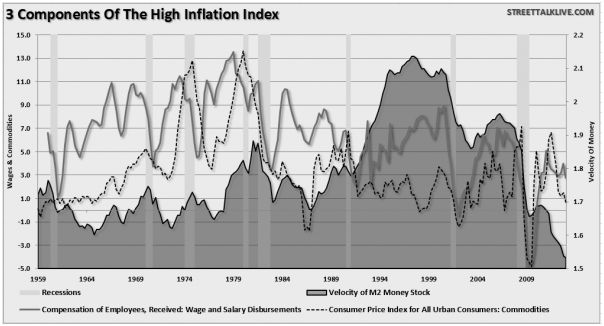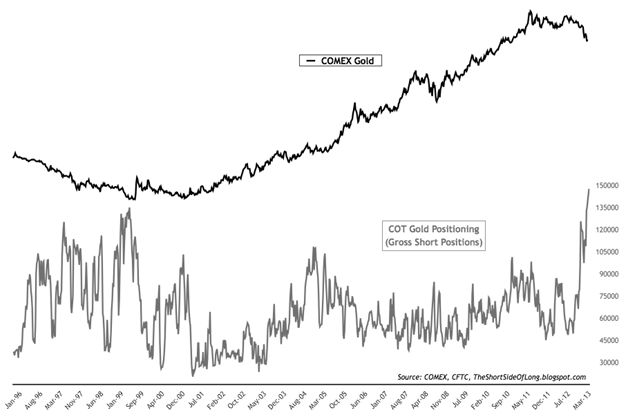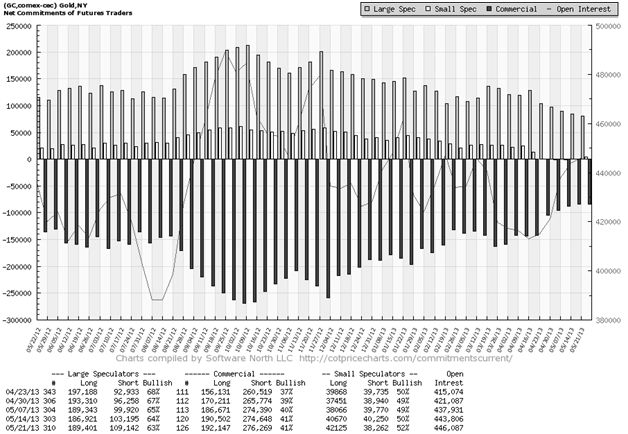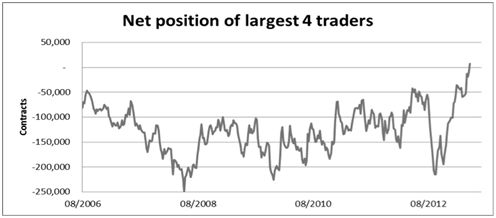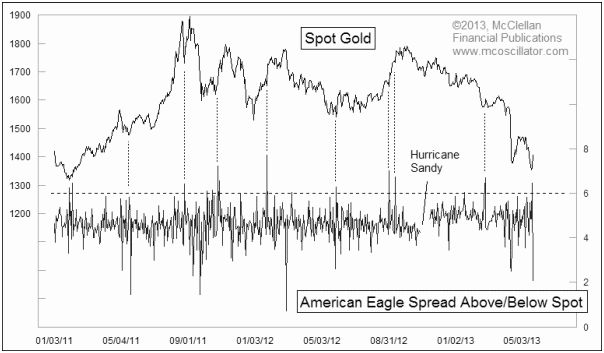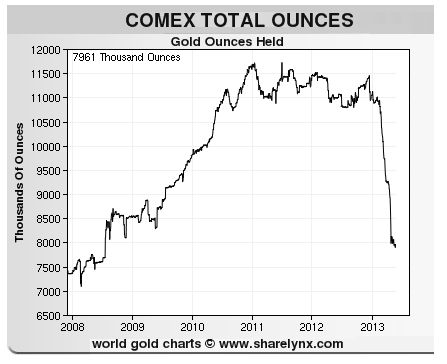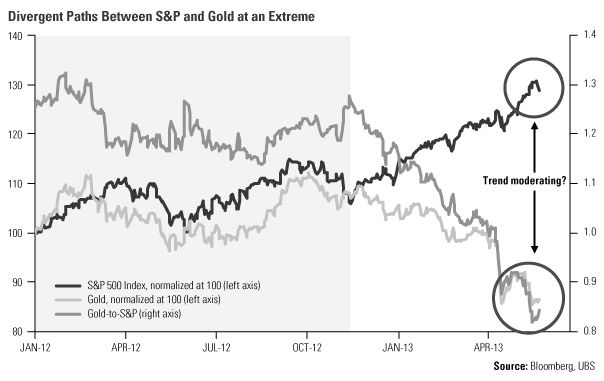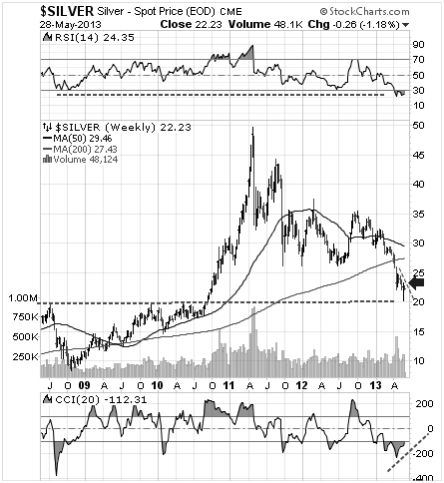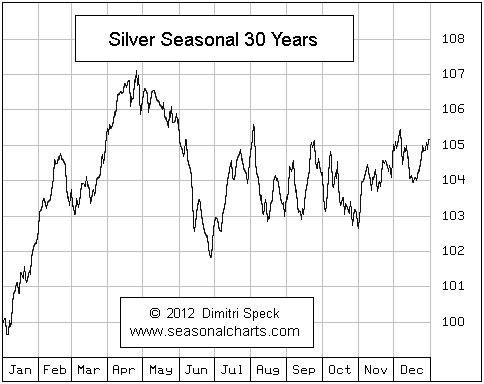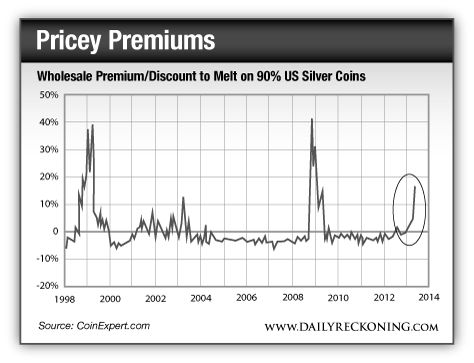di Dario Fo

di Dario Fo
"Franca ed io abbiamo scritto quasi sempre i testi del nostro teatro insieme. Io mi prendevo l’onere di mettere giù la trama quindi gliela illustravo e lei proponeva le varianti, spesso li recitavamo a soggetto, all’improvvisa, come si dice... Questo era il metodo preferito ma non sempre funzionava. Si discuteva anche ferocemente, si buttava tutto all’aria e si ricominciava da capo. In verità mi trovavo a dover riscrivere di nuovo il testo da solo. Poi lo si discuteva con più calma e si giungeva ad una versione che funzionasse e che andasse bene a tutt’e due.
Anche Franca è stata l’autrice unica di alcuni testi. Ci sono opere, come per esempio “Parliamo di donne”, che furono stese da lei completamente a mia insaputa. Quando mi ha dato da leggere questa commedia già ultimata sono rimasto un po’ perplesso... e seccato! Ma come ti permetti?!? No, scherzavo...
Io ho proposto qualche variante ma di fatto si trattava di un’opera del tutto personale.
Pochi lo sanno ma la gran parte degli spettacoli che trattavano di questioni prettamente femminili è stata Franca ad averli scritti, elaborati e poi li ha recitati al completo spesso anche da sola. E io mi sono trovato a collaborare solo per la messa in scena.
Vi dirò di più: testi quali Mistero Buffo e Morte Accidentale di un Anarchico - che io avevo realizzato come autore unico - hanno avuto grande successo anche all’estero con centinaia di allestimenti dall’America all’Oriente, per non parlare dell’Europa.
Ma dei nostri lavori quello che ha battuto tutti i record di messa in scena è Coppia Aperta, Quasi Spalancata che è stato replicato con diverse regie per più di 700 edizioni nel mondo. Ebbene l’autrice unica di questo testo è Franca. L’ho sempre tenuto nascosto!
C’è in particolare un lavoro o meglio, un monologo, che Franca ha recitato solo qualche volta quest’anno, e di cui bisogna che io vi parli perché è fortemente pertinente alla situazione a dir poco drammatica che io sto in questi giorni vivendo.
Da tempo Franca aveva scoperto l’esistenza di alcuni testi apocrifi dell’Antico Testamento nei quali la Genesi è raccontata in termini e linguaggio molto diversi da quelli cosiddetti canonici.
Attenti, non sto parlando dei Vangeli apocrifi, ma dell’Antico Testamento... Apocrifo!
Ebbene da uno di questi testi Franca ha tratto un racconto che vi voglio far conoscere, quasi in anteprima. Eccovelo!
Siamo nel Paradiso terrestre. Dio ha creato alberi, fiumi, foreste animali e anche l’uomo. O meglio il primo essere umano ad essere forgiato non è Adamo ma Eva, la femmina! Che viene al mondo non tratta dalla costola d’Adamo ma modellata dal Creatore in un’argilla fine e delicata. Un pezzo unico, poi le dà la vita e la parola. Il tutto “prima” di creare Adamo; tant’è che girando qua e là nel paradiso Eva si lamenta che... della sua razza si ritrovi ad essere l’unica, mentre tutti gli altri animali si trovano già accoppiati e addirittura in branco. Ma poi eccola incontrare finalmente il suo “maschio”, Adamo, che la guarda preoccupato e sospettoso. Eva vuol provocarlo e inizia intorno a lui una strana danza fatta di salti, capriole e grida da selvatica... quasi un gioco che Adamo non apprezza, anzi prova timore per come agisce quella creatura... al punto che fugge nella foresta a nascondersi e sparisce; ma viene il momento in cui il Creatore vuole parlare ad entrambe le sue creature, umane. Manda un Arcangelo a cercarli. Quello li trova e poi li accompagna dinnanzi a Dio in persona.
L’Eterno li osserva e poi si compiace: “Mica male! mi siete riusciti... E dire che non ero neanche in giornata... ! Voi non lo sapete perché ancora non ve l’ho detto ma entrambi siete i proprietari assoluti di questo Eden! E sta a voi decidere cosa farne e come viverci. Ecco la chiave. E gliela getta. Vedete, qui ci sono due alberi magnifici (e li indica), uno – quello di sinistra – dà frutti copiosi e dal sapore cangiante. Questi frutti, se li mangiate, faranno di voi due esseri eterni. Sì, mi rendo conto che ho pronunciato una parola che per voi non ha significato: eternità... Significa che avrete la stessa proprietà che hanno gli angeli e gli arcangeli, vivrete per sempre, appunto in eterno! A differenza degli altri animali non avrete prole, perché, essendo eterni, che interesse avreste di riprodurvi e generare uomini e donne come voi, della vostra razza? L’altro albero invece produce semplici mele, nutrienti e di buon sapore. Ma attenti a voi, non vi consiglio di cibarvene! E sapete perché? Perché non creano l’eternità... ma in compenso, devo essere sincero, grazie a loro scoprirete la conoscenza, la sapienza e anche il dubbio.
Ancora vi indurranno a creare a vostra volta strumenti di lavoro e perfino macchine come la ruota e il mulino a vento e ad acqua. No, non ho tempo di spiegarvi come si faccia, arrangiatevi da voi. ... tutto quello che scoprirete; e ancora queste mele, mangiandole, vi produrranno il desiderio di abbracciarvi l’un l’altro e di amarvi... non solo, ma grazie a quell’amplesso, vi riuscirà di far nascere nuove creature come voi e popolare questo mondo. Però attenti, alla fine ognuno di voi morirà e tornerà ad essere polvere e fango. Gli stessi da cui siete nati.
Pensateci con calma, mi darete la risposta fra qualche giorno. Addio.”
“No. Non c’è bisogno di attendere, Padre Nostro! – grida subito Eva – Per quanto mi riguarda io ho già deciso, personalmente scelgo il secondo albero, quello delle mele. S devo essere sincera, Dio non offenderti, a me dell’eternità non interessa più di tanto, invece l’idea di conoscere, sapere, aver dubbi, mi gusta assai! Non parliamo poi del fatto di potermi abbracciare a questo maschio che mi hai regalato. Mi piace!!! Da subito ho sentito il suo richiamo e mi è venuto un gran desiderio di cingermi, oh che bella parola ho scoperto cingermi!, cingermi con lui e farci... come si dice?! Ah, farci l’amore! So già che questo amplesso sarà la fine del mondo! E ti dirò che, appresso, il fatto che mi toccherà morire davanti a tutto quello che ci offri in cambio: la possibilità di scoprire e conoscere vivendo... mi va bene anche quello. Pur di avere conoscenza, coscienza, dubbi e provare amore... ben venga anche la morte!”
Il Padreterno è deluso e irato quindi si rivolge ad Adamo e gli chiede con durezza: “E tu? ...che decisione avresti preso? Parlo con te, Adamo sveglia! Preferisci l’eterno o l’amore col principio e la fine?” E Adamo quasi sottovoce risponde: “ Ho qualche dubbio ma sono molto curioso di scoprire questo mistero dell’amore anche se poi c’è la fine"." Dario Fo







